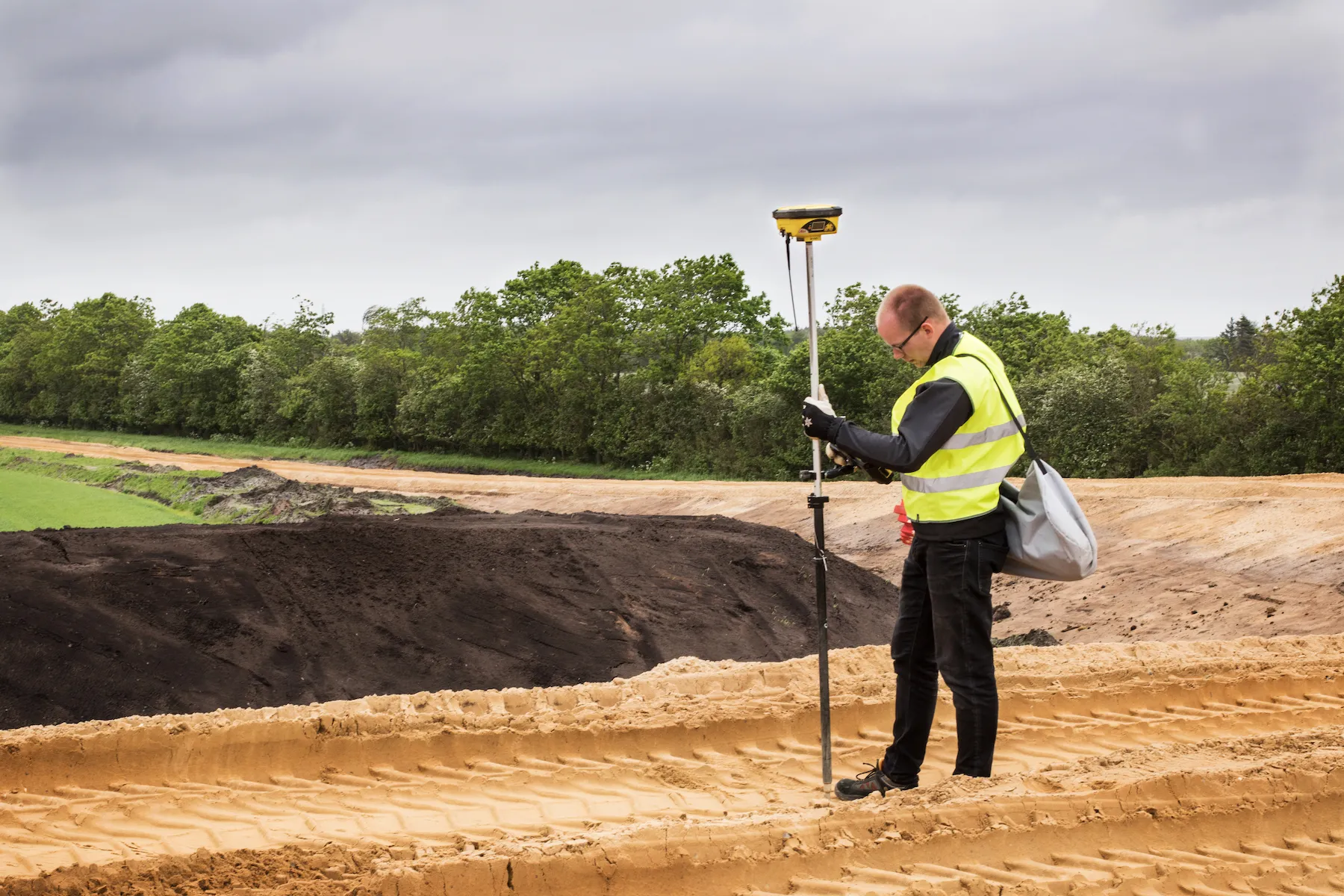
Developing machine control solutions for the compact equipment market is a market the connected construction technology suppliers have yet to cultivate. According to Steve Di Benedetto at Trimble, “There is a tremendous potential for Trimble.”
The use of machine control systems in large projects is now widespread in the developed world. Major contractors and clients are very much au fait with these systems.
However, take-up has been much slower amongst smaller contractors. Some firms are unaware of the benefits of machine control while others have been put off due to concerns of the cost of such technology.
Democratisation of machine control technology means that systems are now becoming available for use with compact equipment and these packages will be of key interest for smaller firms looking to boost the efficiency of their working.
Trimble introduced solutions for use with mini excavators in recent years but the latest development is a new package for use with skid steer loaders and compact tracked loaders.
A key feature of this new system is the fact that the customer can use a conventional smartphone or tablet. It is this detail that makes the system so much easier to use given that customers will already be familiar with using a wide range of apps on their phones. Di Benedetto commented, “They’re already doing so much on the phone. They’re doing it in the cloud so they don’t have to install software. It’s in a language and a user interface that they’re already familiar with. We’re trying to make sure our solutions are easy to use.”
He added that the system is intended to be generic, allowing a user to fit a wide range of attachment types to the skid steer loader or compact tracked loader.
According to Trimble, the addition of Siteworks Machine Guidance for compact track loaders further boosts versatility, providing an all-in-one solution for layout, grading and levelling. Trimble says that users can also move the system between multiple machines and jobsites, and to utilise their existing technology easily, with the addition of a simple-to-install machine kit and the Siteworks software module.
“The Siteworks Machine Guidance Module has been popular since the day we introduced it because it gives operators a simple, high value, one-stop-shop for both survey and grade control,” said Elwyn McLachlan, vice president, civil solutions at Trimble. “With Siteworks Machine Guidance, the operator can easily use the bucket to level materials to design, which would previously require switching to either a grading or box blade attachment.”
The Siteworks Machine Guidance system includes the Trimble SPS986 or Trimble R780 GNSS Smart Antenna with tilt compensation and the Trimble ProPoint positioning engine. The customer can use their conventional smartphone or tablet, or Trimble field tablet to run the Siteworks software. The module enables contractors to use Siteworks off the machine to design, measure and lay out projects. Contractors can then transfer the GNSS receiver and field tablet from the pole to the compact track loader or excavator to provide in-cab, 3D machine guidance and grade checking capabilities without the need for a surveyor.
Contractors can also share designs, access remote support and keep projects moving from the road using Trimble WorksManager Software. Using a Trimble correction service such as CenterPoint RTX, contractors can experience greater mobility without the constraints of a local base station or VRS network, and benefit from high-level accuracy from satellites or cellular/IP.
Meanwhile, for those firms unsure about the capital cost of investing in the technology, the option of subscriptions eliminate the need for capital investments and replace these instead with much easier to manage monthly payments.









